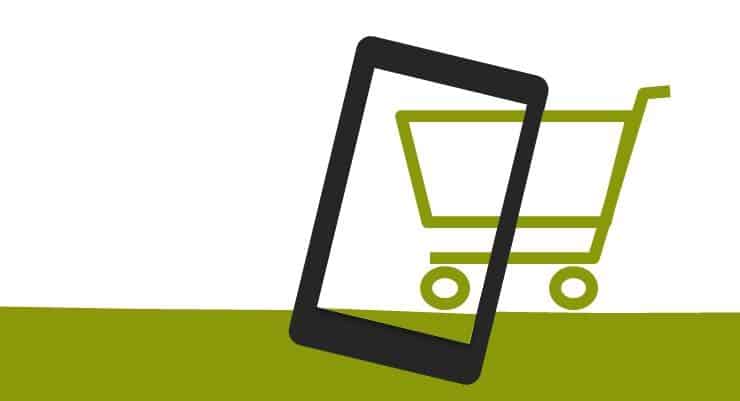The combination of Internet-of-Everything(IoE) with real-time analytics, mobile communications and superior end-user applications and devices has given birth to the rise of the contextual digital services. 'Contextual' simply means that a service or content is delivered based on a pre-configured algorithm developed using a number of variables that enables the right content/information/offer to be pushed to the right person in the right place and at the right time. In other words, 'contextual' delivery is a form of built-in intelligence that is becoming very popular in the digital age where unparalled increase in production of digital content necessitates only what is relevant and what is needed to be delivered to the end user.
Whether a retailer is enhancing the in-store experience for shoppers visiting his outlet or whether a mobile operator is promoting a new operator OTT service via a video ad sent to the subscribers' mobile device, to increase engagement, take up and more importantly, to increase users' experience and satisfaction, what is being 'presented' or offered must be tuned to the users' current needs and readiness to engage in the information and content he/she receives. Mobile operators, digital content providers, pay TV operators, merchants, retailers, app publishers, digital advertisers and every other player involved in delivering digital services, will find that 'contextual' is ultimately the most powerful means to drive their marketing, sales and growth.
As 'contextual' becomes increasingly important, so does the Mobile Operators' position in powering the delivery of these contextual services. Mobile Operators sit on huge repositories of data, what we call as big data, collected from the data usage patterns, mobility patterns, digital services consumption habits, digital content preferences, social profiles, personal information, and a host of other data collected using the users' mobile devices and other end-nodes such as those used in M2M applications. Mobile Operators provide the crucial link between the user and what he may want, when he may want it, how he may want it and where he may want it. This information can then be built into a wide range of digital content services - and when the right context arises, the content/service is then 'pushed' to the user.
An example of this will be in-store contextual offers where retailers have started tapping on the IoE to enhance in-store experience using digital content which is either delivered to the users' end device or projected on strategically placed digital screens in the store. In a recent study by Cisco, retailers who leverage contextual delivery of service for in-store shoppers are expected to increase their profitability by 15.6%. The study, which was conducted on retail customers in the US and UK saw the use of mobile devices, video technology and analytics driving store performance and improving user experience. The study found that more than half of the respondents (sometimes up to 77%) voted for the need for more contextual and targeted services such as the ability to order products online from preferred retailers, and then pick them up in person using a drive-through lane at the store (57%), ability to use a smartphone to scan products for special customized offers and promotions in the store (73%), the ability to scan barcodes on items while shopping to track and pay at a self-service checkout (60%) and the access to “Smart online shopping cart” that uses information from smart home appliances, purchasing history and items added by the consumer to maintain a constantly updated virtual cart reflecting current purchase needs(50%). Customers also want to have digital signs at each checkout line to provide estimated wait times (77%) and receive targeted offers (67%) that meet their interests and preferences.
The user preferences captured in Cisco's study reflect the growing need for 'contextual' services especially for digital content and digital services. Players within the digital services space will benefit from having in place capabilities that enable them to 'learn' about their customers and to respond to their customer needs in real-time. For mobile operators, the advent of contextual delivery of digital content and services marks increased opportunities on two fronts - one, being able to upsell their data and digital content services, and secondly, from being able to offer 'contextual content delivery -as-a-service', helping retailers, merchants and other players reach out to their customers via mobile connectivity at the right time and right place.
Joseph Bradley, Vice President & Founder IoT / IoE Practice
The opportunity ahead is tremendous. Of the $14.4 trillion in IoE value for the private sector, $1.5 trillion is there for retailers. The key to capturing this value is realizing that digital consumers aren’t static—they’re dynamic. And IoE’s connections between people process, data, and things now enable retailers to engage with customers on their terms—whether rushing through the airport to catch a flight or spending more time than usual in the shampoo aisle.”
Doug Stephens, Founder, Retail Prophet
If a retailer thinks that at some point this is going to slow down, and that they have time to wait and then jump in, they're wrong. Because these rates of adoption — the speed at which technology is moving — is becoming more exponential and will continue to do so.”




















